The Scarpa Ribelle HD is a high-quality suede leather boot best used for challenging hill and mountain walks, as well as via ferrata and scrambling routes. It has a stiffened midsole and a heel welt for use with C2 crampons, making it suitable for winter use. However, it’s also designed with a noticeable toe spring for easier walking on gentler slopes and undulating ridge lines.
It’s a slightly unusual boot in terms of both fit and construction, but we found them very comfortable on test, being particularly won over by Scarpa’s Sockfit softshell tongue. Rather than a Gore-Tex liner, they use Scarpa’s own H-Dry construction, with the waterproof membrane laminated directly to the inside of the uppers. But it seems to work, and our feet stayed bone dry on test.
The uppers also seem to be pretty tough, with thick suede, minimal stitching and a wraparound rand promising good durability. The only real drawback is that, with snow on the ground, they didn’t feel as warm as Gore-Tex lined boots. And in common with a lot of stiffer B1 and B2 boots, they also feel a bit unforgiving underfoot on longer days. However, you can get around this by wearing thick, full-cushion socks and adding a good-quality aftermarket insole.
In summary, this isn’t a boot that will necessarily suit all foot shapes – as ever, try before you buy. But if you’re looking for a capable yet versatile mountain boot without that big, clumpy feel, they might be just what you’re searching for.
Pros
- Precise feel
- Well-built and durable
- Stable and supportive
Cons
- Slightly unusual fit
- Not the best cushioning underfoot
- Not the warmest
| Weight: | 720g per boot (UK 9) |
| Sizes: | Men’s EU 41-48, women’s EU 37-42 |
| Upper: | 2.5mm Perwanger suede leather with TPU and rubber rand |
| Waterproof lining: | Waterproof lining: |
| Price in USD | $402.34 |
Design and features
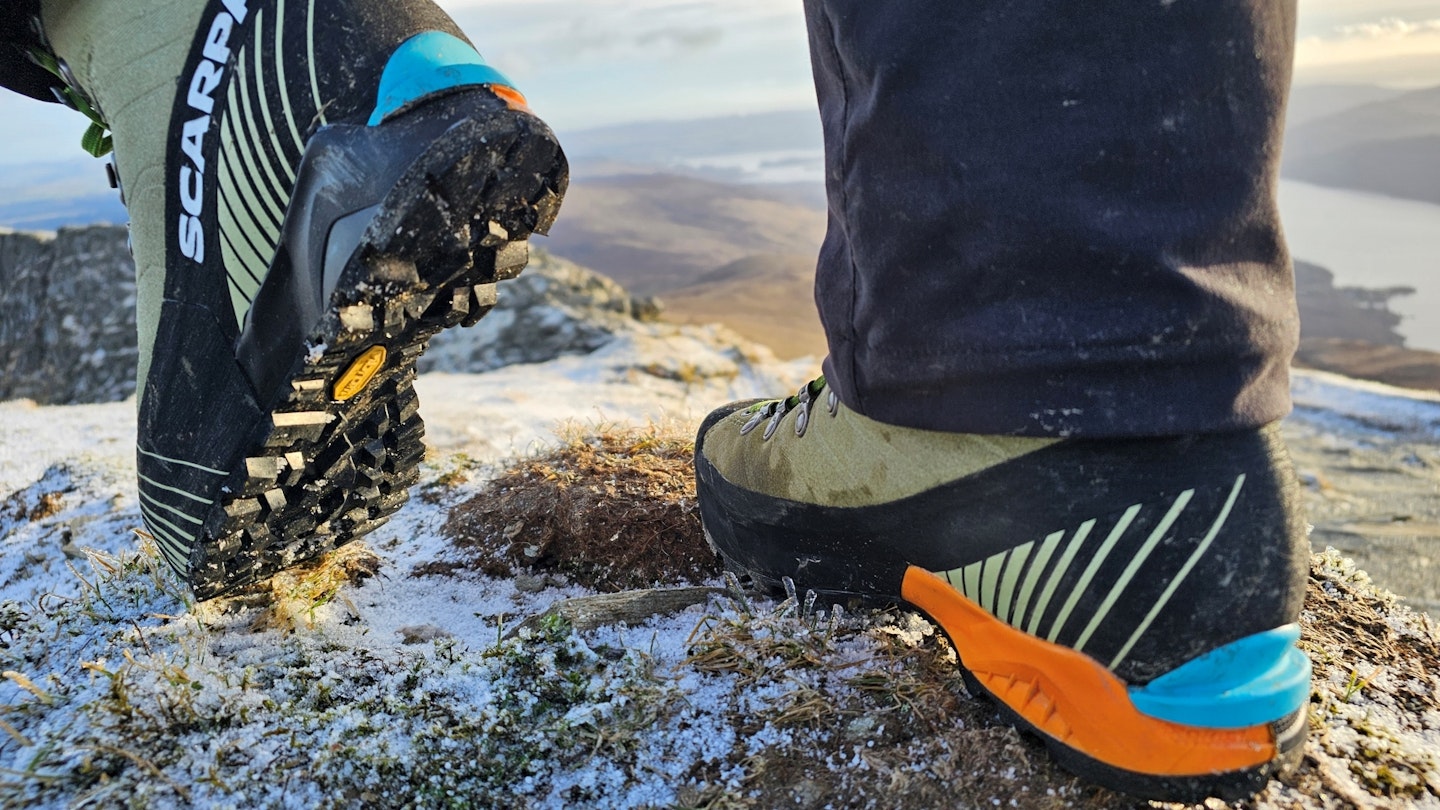
Scarpa’s Ribelle range has only been part of the brand’s line-up since 2017, so in terms of mountaineering lineage they pale into comparison with well-established heavy hitters like the much-loved Scarpa Charmoz or Manta series. Both of those models have been used and abused for decades now and have established a near unassailable reputation amongst mountaineers all over the world.
But what the Ribelle lacks in tradition and heritage it makes up for in technological innovation. In fact, it caused a real stir even when it was launched, as Scottish climber Uisdean Hawthorn wore a pair of Ribelle Techs when he completed the fastest-ever winter traverse of the Cuillin ridge on Skye, in just under five hours. Scarpa has doubled down on this success.
In fact, the Ribelle range now consists of a bewildering number of styles, ranging from superlight trail running shoes and three-season hikers right through to dedicated mountaineering and even ice climbing boots.
The standard Ribelle HD sits at the more technical end of the spectrum. It is a less hardcore version of the Tech with an emphasis on mountain walking and scrambling rather than out-and-out mountaineering. It is still C2 crampon compatible though, making it well-suited to winter use.
However, the real focus is on fast-paced mountain days rather than the really steep stuff. It uses Scarpa’s ARG last shape, which has low volume technical precision, but a noticeable toe spring, giving a much more natural and fluid gait. The midsole also features a polypropylene and fibreglass shank embedded in dual-density PU cushioning for a slightly more forgiving feel underfoot, with sacrificing long-term durability or stability.
The upper of the Ribelle HD is made from 2.5mm Perwanger split suede leather with an unusual direct lamination H-Dry membrane. According to Scarpa, this creates a fully waterproof boot that is also highly breathable. It’s a very different construction to most leather 4-season boots, which generally feature a floating Gore-Tex ‘bootie’, sandwiched between the uppers and the inner lining fabric.
The Ribelle HD boot also features Scarpa’s sock fit XT tongue – something it has in common with some of the brand’s best three-season hillwalking boots, like the excellent Scarpa R-Evo (now sadly discontinued). It works well with the extended lacing system to give a snug, close fit.
Finally, the upper and the midsole are wrapped in a PU Tech rand for added abrasion resistance, with a genuine rubber instep and toecap. It also gives the boot a very striking look that is bound to attract attention from your mountain buddies.
Performance and comfort
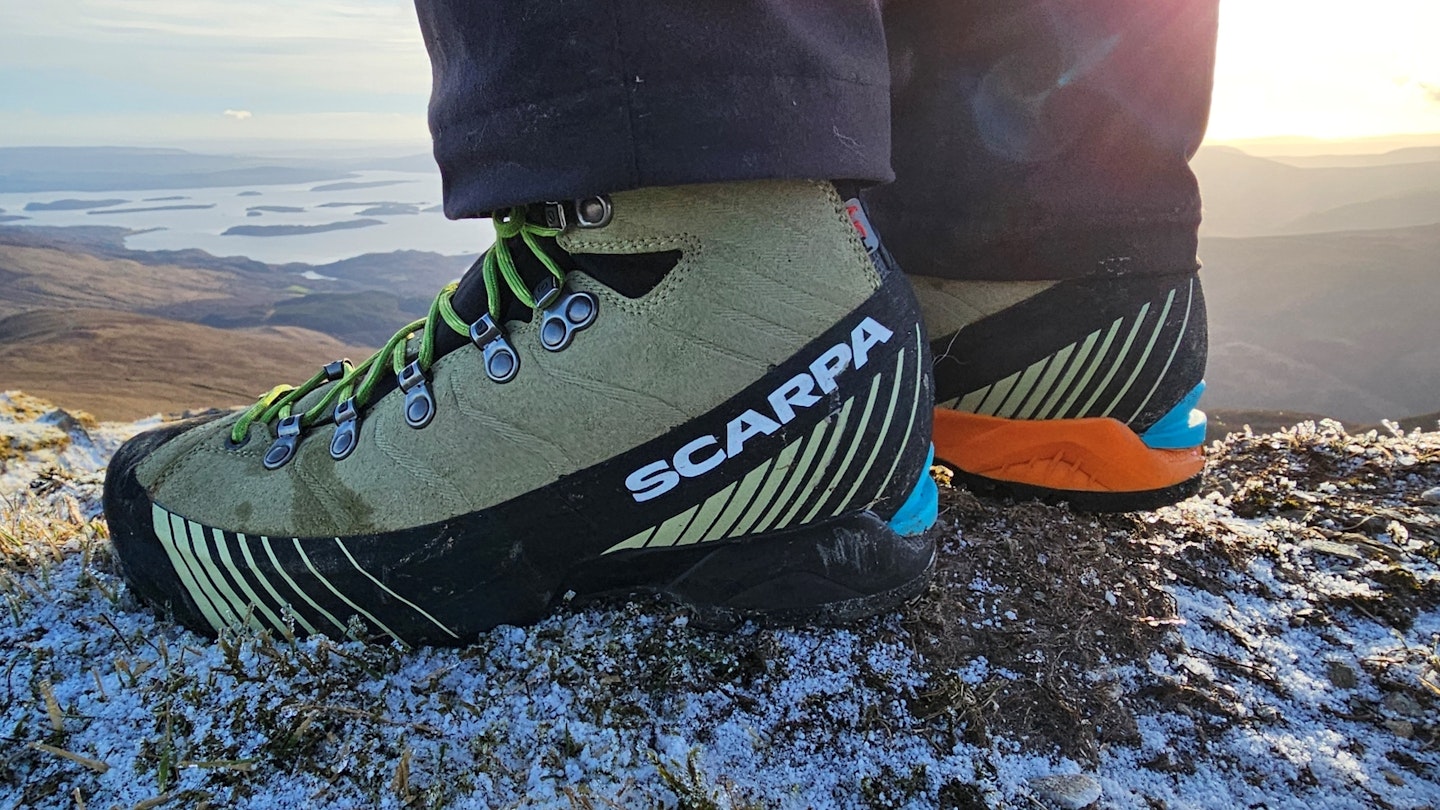
For a B2 boot, the Ribelle HD feels impressively agile on the feet. We attributed this not only to its low-profile build but also to the stiff yet springy midsole, which has slightly more flex than most four-season boots. This works well for rock-hopping and scrambling, but also helps for general hillwalking on flatter ground. The Vibram Mont outsole offers great all-round traction. It has a slight rocker for a more natural walking motion, but when the terrain gets tougher there’s also a front climbing zone for precise placements. Deep, widely spaced lugs clean out mud and snow well, while the big, blocky tread ensures dependable contact grip on rock. An undercut heel breast also aids downhill braking, digging into soft ground for reliable traction.
In terms of fit, they are a little unusual. They seem to have a relatively slim heel and a narrow midfoot, with a broader forefoot that tapers at the toe. But although the toebox isn’t particularly wide, it is quite deep, so the front of the boot has quite a high, blocky profile. This gives a bit more wiggle room for cold toes and thicker socks, which is a good thing in winter conditions, since the uppers aren’t insulated (though the 2.5mm-thick suede helps too). It does occasionally make it tricky to jam the toe into smaller rock pockets though. Still, that’s about the only negative of what is otherwise an excellent scrambling boot.
The padded ankle cuff feels supportive yet unrestrictive, and as mentioned up top, the boot also boasts Scarpa’s excellent ‘sockfit’ softshell tongue, which hugs the foot brilliantly without feeling uncomfortable. The uppers feel pretty tough and the construction means there are minimal exposed seams or stitching, which is usually a plus for long-term durability.
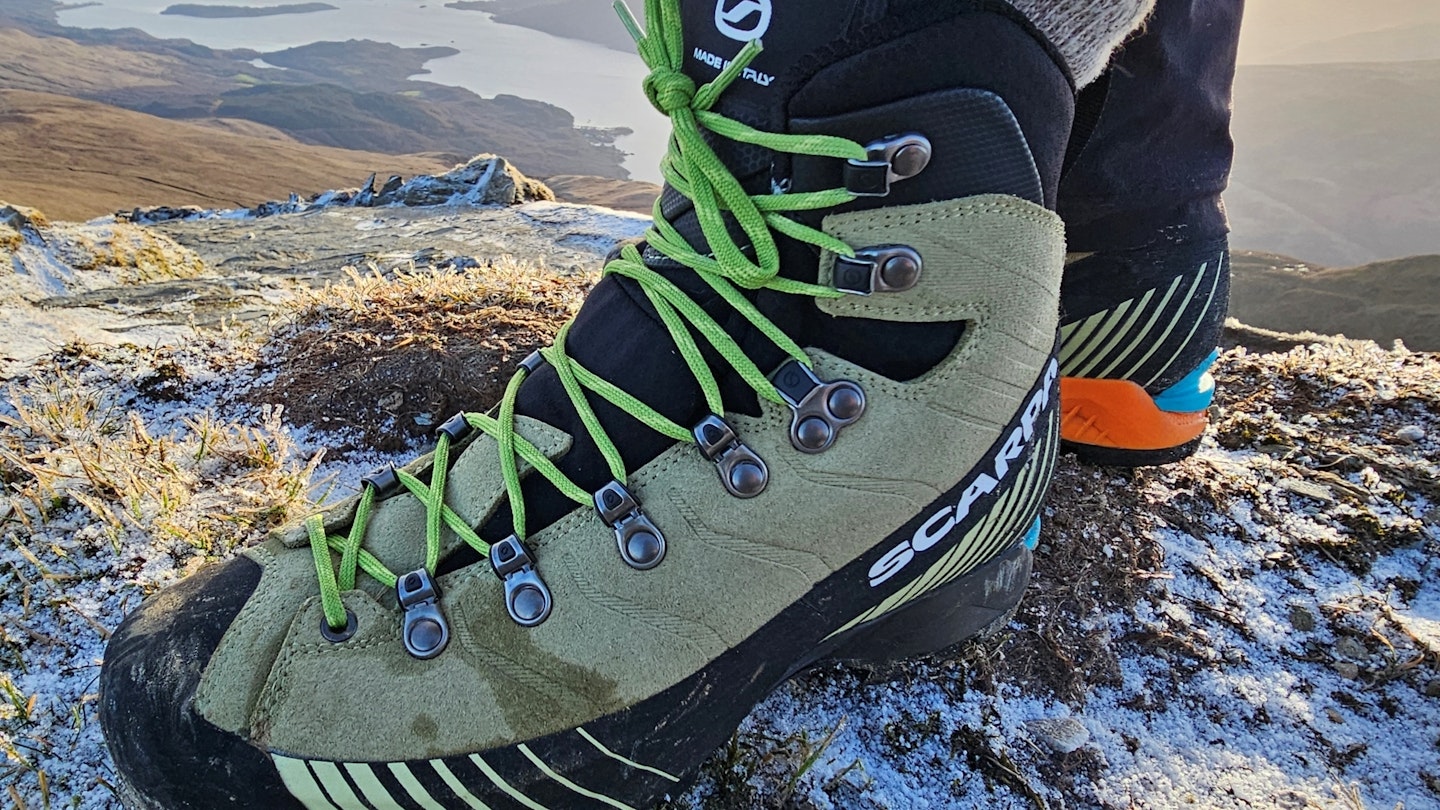
The midsole features a dual density PU construction for added cushioning, but it’s inevitably a lot firmer than a lightweight and flexible two- or three-season hiking boot. Underfoot, we did find that on longer mountain days they start to cause a little fatigue, leaving us a little footsore – a common problem with almost all stiffened B1 and B2 boots. We’d recommend replacing the standard footbed with a specialist insole to aid comfort.
Given that Gore-Tex boots are so ubiquitous, we were interested to try an alternative waterproof-breathable technology, in the form of Scarpa’s H-Dry waterproof laminate. This represents a change from the original iteration of the Ribelle Lite, which featured an OutDry membrane. It’s a similar laminate though, and proved to be perfectly satisfactory on test, keeping feet consistently dry and comfortable. The suede uppers are treated with a water-repellent finish, but you’d be wise to give them regular TLC with a dedicated suede re-proofer like Nikwax Nubuck & Suede Proof.
All in all, we were highly impressed. If you’re used to clumpy mountaineering boots, these will be a revelation – although we can see that in full-on winter conditions some might prefer a slightly warmer and stiffer boot.
Sustainability
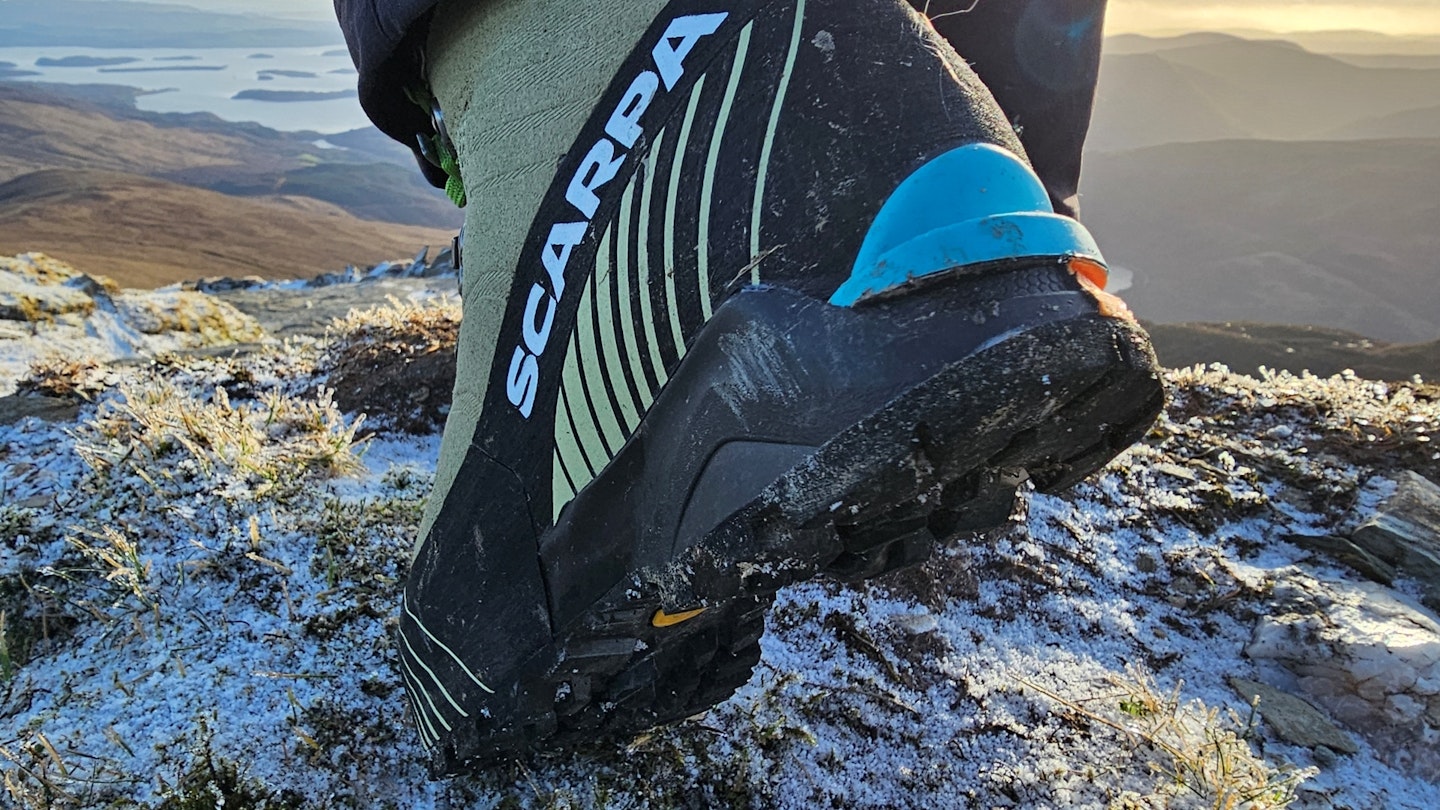
90% of Scarpa’s manufacturing and materials supply chain is sourced from Europe. This particular model, in line with all of Scarpa’s mountaineering range, is actually made in their Asolo factory, which is adjacent to the company’s HQ and warehouse. As well as being made in Italy, which reduces the product’s overall carbon footprint for UK and European markets, it is constructed from high-quality materials for good lifetime durability, including Perwanger suede leather, which is Oeko-Tex certified. The Vibram Mont outsole can also be replaced to further extend the boots’ effective lifespan.
Price and competition
Scarpa’s range of mountaineering boots is fairly extensive, and if you’re looking at the Ribelle HD, you’re probably also considering their classic B2 offerings like the Charmoz and Manta Tech, and possibly also the Ribelle Lite HD and the Zodiac Tech. All are good choices for winter hillwalking and mountaineering in the UK. The Charmoz and Manta Tech are certainly beefier and warmer than the Ribelle HD, but also clumpier and more traditional in both looks and build (and in the case of the Manta Tech, also a lot heavier).
As such, we’d say the Ribelle HD is probably the best all-rounder. You can save a bit of weight by opting for the Zodiac Tech or the Ribelle Lite, but actually, there’s not very much in it, and the suede uppers of the standard Ribelle should promise better durability than the synthetic uppers of the Ribelle Lite.
The Zodiac Tech is a compelling alternative though, being a bit cheaper (£290) and a well-proven boot. It also uses a Gore-Tex liner rather than the HD direct lamination of the Ribelle series. On test, we found no difference when it came to waterproof performance, but we thought the Gore-Tex boot was a bit warmer. This is a drawback in milder weather but a plus in winter conditions, especially with snow on the ground. Since they’re built on different lasts, it’s best to try them both on if you can and see which fits your feet better.
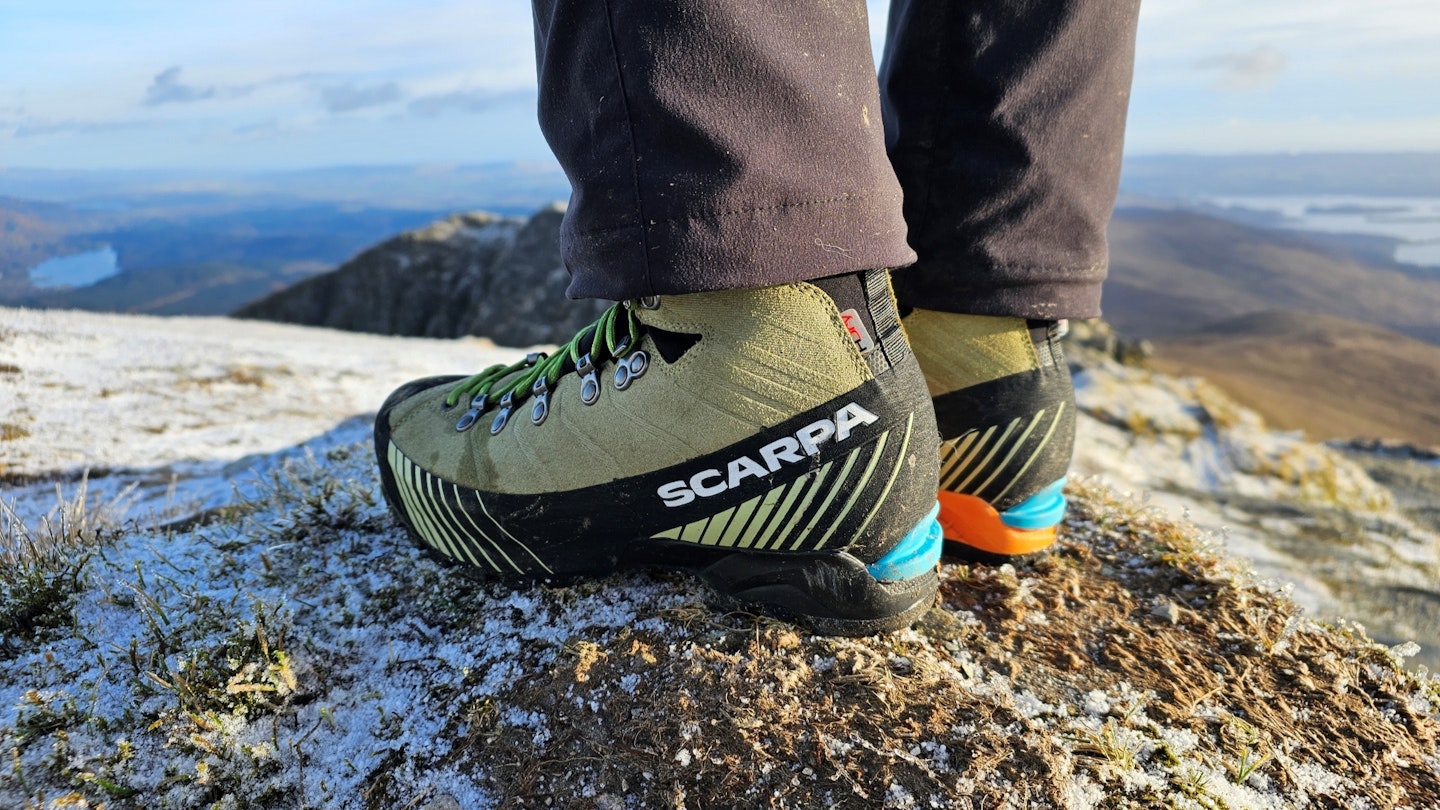
Away from Scarpa, the two most obvious rivals to consider are the La Sportiva Aequilibrium LT GTX (£345) and the Hanwag Makra Pro GTX (£300). The Hanwag boot is broader fitting than either the La Sportiva or the Scarpa Ribelle models, so will suit those with wider feet. It also offers superior all-day walking comfort but doesn’t feel quite as nimble or precise.
The La Sportiva Aequilibrium is a very versatile all-round mountain boot that is hard to beat. It’s a bit more expensive than the Ribelle HD and perhaps has a slightly less solid feel but is considerably lighter too. However, the La Sportiva’s narrower fit won’t suit everyone.
Verdict
Precise and capable boots for mixed mountain routes with crampon compatibility, though you might want to add a plusher insole and your thickest socks for the longest, coldest days out.
About the author
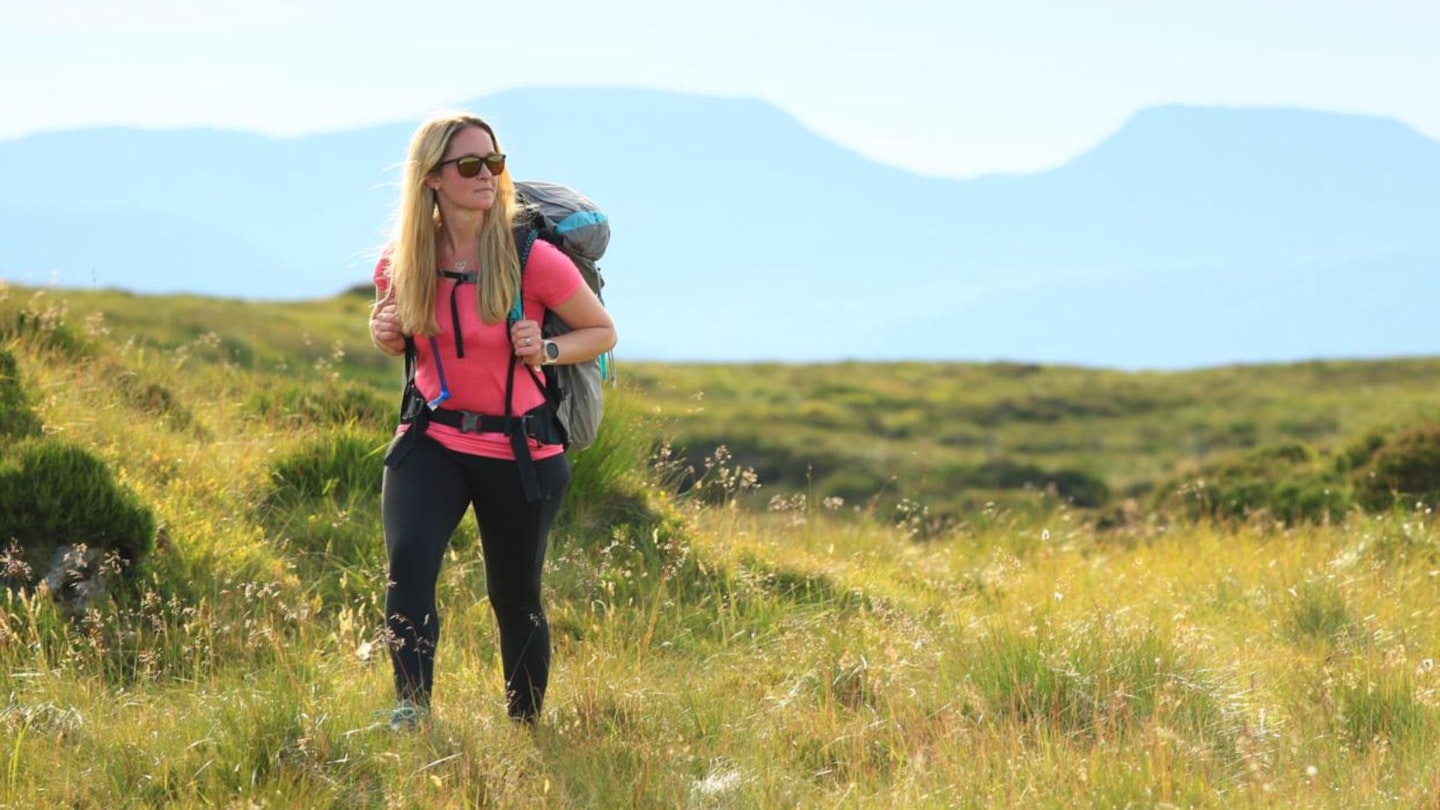
Ellie Clewlow lives and works in Eryri (Snowdonia), where she spends her time roaming the hills and putting kit through its paces. As a big fan of long-distance trails, she’s ticked a fair few off in the UK including the Pennine Way, Cambrian Way, West Highland Way and Great Glen Way. She’s also hiked in Iceland, the US, Hawaii and New Zealand.



